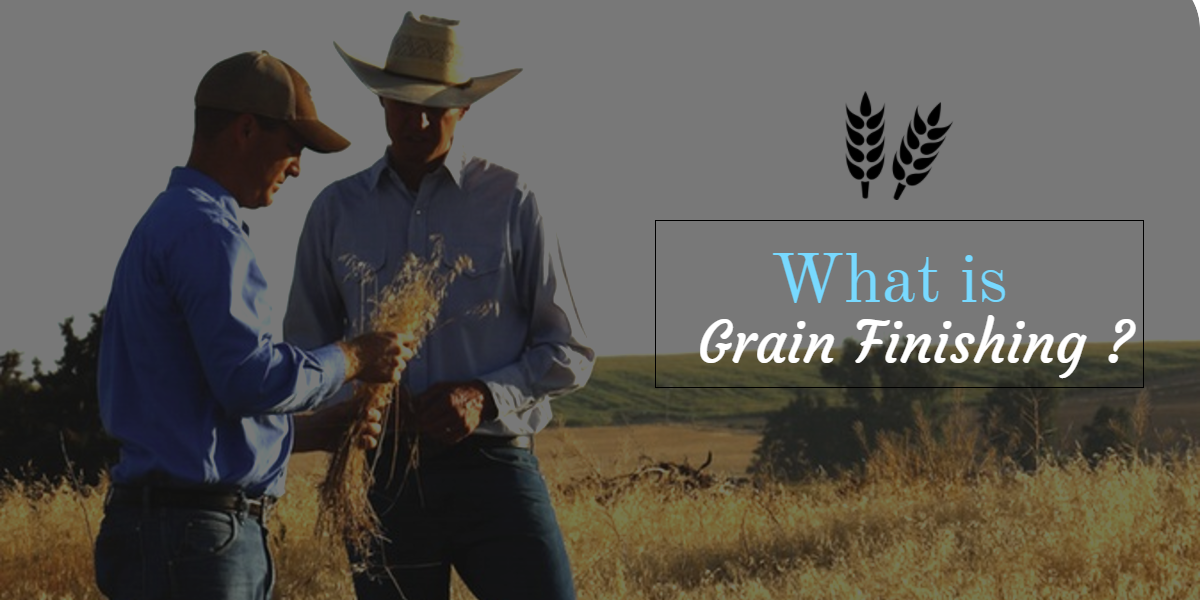What is Grain Finishing?

Did you know that all cattle spend the majority of their lives eating grass?
Yes, even cattle finished on grain in a feed yard. Grass is an integral part of the diet at the feed yard as well. When mixed with grains and supplemented with vitamins and minerals, the result is a sustainable feed that is nutritionally balanced to create well marbled, rich and juicy beef that American consumers love.
Did you know that cattle only spend about 140 days finishing on grain?
During this time, they slowly transition to a more grain based diet; it’s the same process that your veterinarian would recommend for switching food for your pets. We add a little of the new food (grain) each feeding until the cattle have comfortably transitioned to the new diet.
Let’s take a look at some of the reasons we feed grain to cattle and add some perspective.
Aside from product quality, perhaps the most important reason for feeding grains is simple. Grass does not grow year round in many of the areas where we raise cattle. Even in areas where grass typically grows year round, ranchers have to deal with issues like drought and fires.
Another important factor is sustainability:
Dr. Judith Capper, a livestock sustainability consultant, remarks on the advantages of grain fed over grass fed:
“People often have the perception that grass-fed beef must be better for the environment, yet it’s a system in which cattle grow more slowly and are slaughtered at a lower live-weight. For example, if we switched to all grass-fed beef in the United States, it would require an additional 64.6 million cows, 131 million acres more land, and 135 million more tons of greenhouse gas emissions. We’d have the same amount of beef, but with a huge environmental cost.
When we take into account everything that’s involved with producing a pound of corn-fed or grass-fed beef, from the manufacture of pesticides, herbicides, and fertilizers to the transport of animals to the slaughterhouse door, we see that the reduced productivity in grass-fed systems results in significant increases in land use, water use, and greenhouse gas emissions per pound of beef compared to corn-fed beef.”
The Northwest Difference:
In the Northwest, we have an abundance of sustainable, nutrient rich feed ingredients such as potato by-products or dried distiller’s grains. Agri Beef feed yards source these ingredients locally whenever possible. Our feed is tested for nutritional value every day to ensure that the needs of our cattle are met. When it comes to product quality, grain feeding a balanced diet is perhaps the most critical step.
Tagged as: Feed